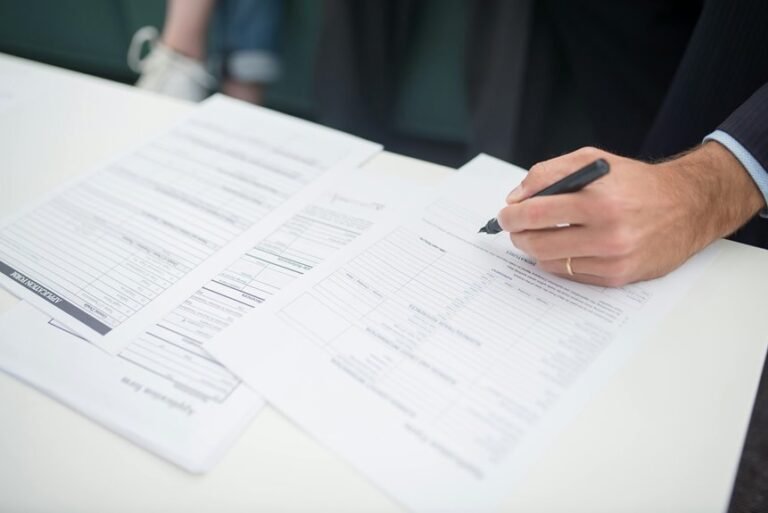Did you know that the Telecom Caller Identity Verification Bureau is instrumental in combating the rise of fraudulent calls? By standardizing authentication processes across networks, it helps secure communications for consumers. This isn’t just about convenience; it’s about building trust in a sector plagued by scams. As you consider the implications of this system, think about how it impacts your daily interactions, particularly with numbers like 7064303024 and 9592050436. What does this mean for your security?
Importance of Caller Identity Verification
As mobile communication continues to evolve, the importance of caller identity verification becomes increasingly evident.
You need to understand that effective caller authentication methods and advanced caller verification technology are vital for ensuring trust in communication. They protect you from fraud, reduce spam, and enhance overall security.
Embracing these tools allows you to navigate your mobile interactions freely while safeguarding your personal information.
How the Telecom Caller Identity Verification Bureau Operates
The Telecom Caller Identity Verification Bureau operates as a centralized authority responsible for verifying and authenticating caller identities across networks.
You’ll find that their caller authentication processes leverage cutting-edge verification technology advancements.
Protecting Consumers From Fraudulent Calls
While many consumers rely on their phones for essential communication, they often face the threat of fraudulent calls that can compromise their personal information and financial security.
To combat this, fostering scam awareness is crucial. Implementing call blocking features on your devices significantly reduces exposure to these threats, ensuring a safer communication environment and empowering you to maintain control over your personal information.
Building Trust in Telecommunications
Building trust in telecommunications is essential for fostering a secure environment where consumers feel confident in their interactions.
To achieve this, implementing robust identity assurance measures is crucial. By prioritizing caller trust and ensuring accurate caller identification, telecom providers can mitigate fraud risks.
This transparency empowers consumers, enhancing their ability to engage freely in communications without fear, ultimately strengthening the entire telecom ecosystem.
Conclusion
In the ever-evolving telecommunications landscape, the Telecom Caller Identity Verification Bureau acts like a vigilant lighthouse, guiding consumers safely away from the treacherous rocks of fraud. With over 30% of calls reported as fraudulent, the Bureau’s standardized verification methods empower you to discern legitimate callers from impostors. Just as sailors rely on beacons to navigate storms, you can trust this Bureau to enhance your communication experience, ensuring your conversations remain secure and your confidence intact.
